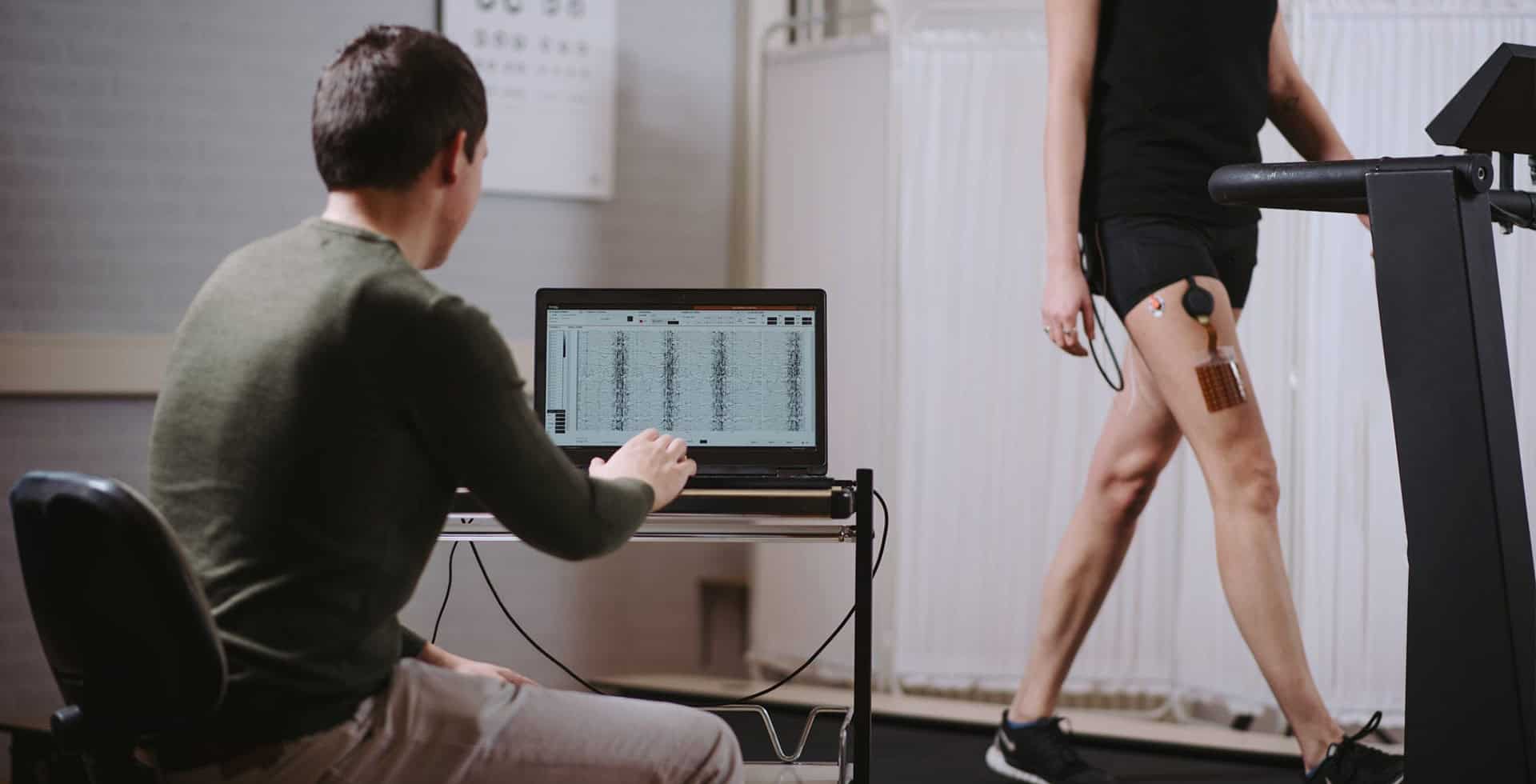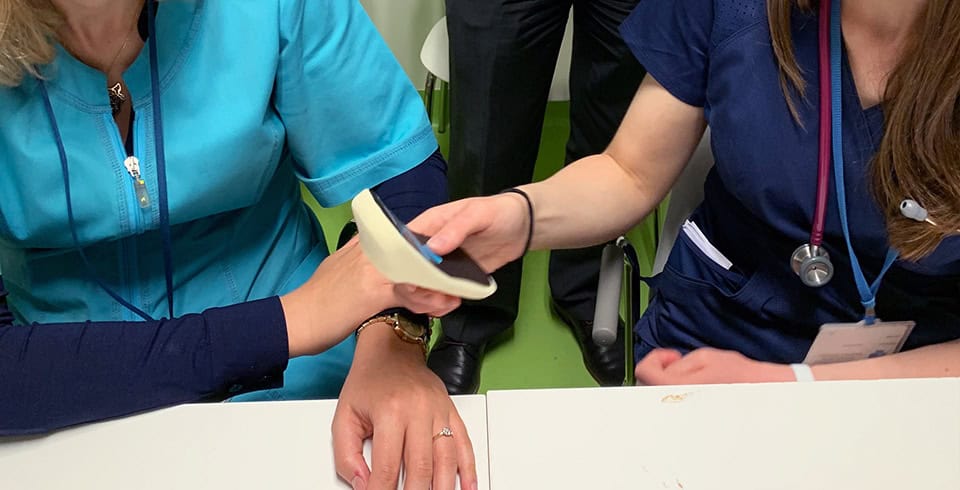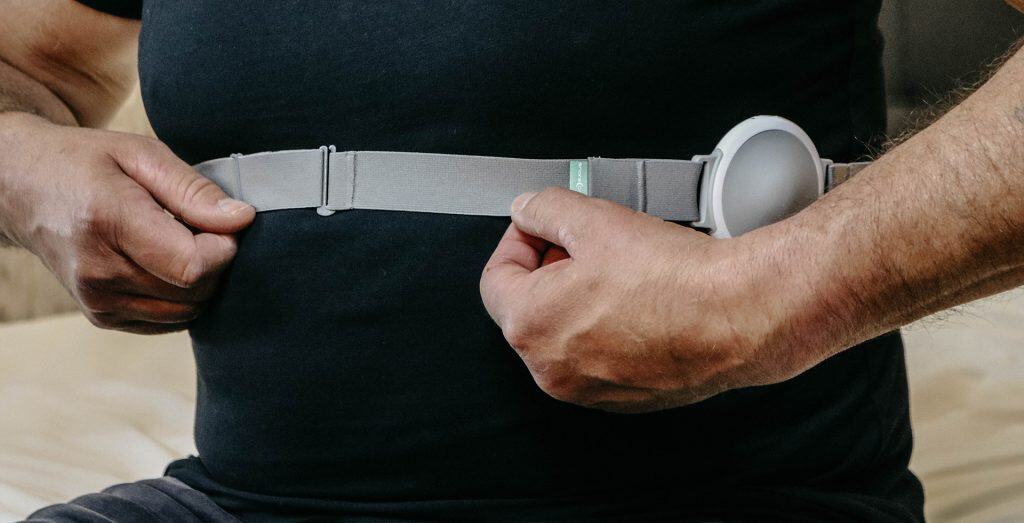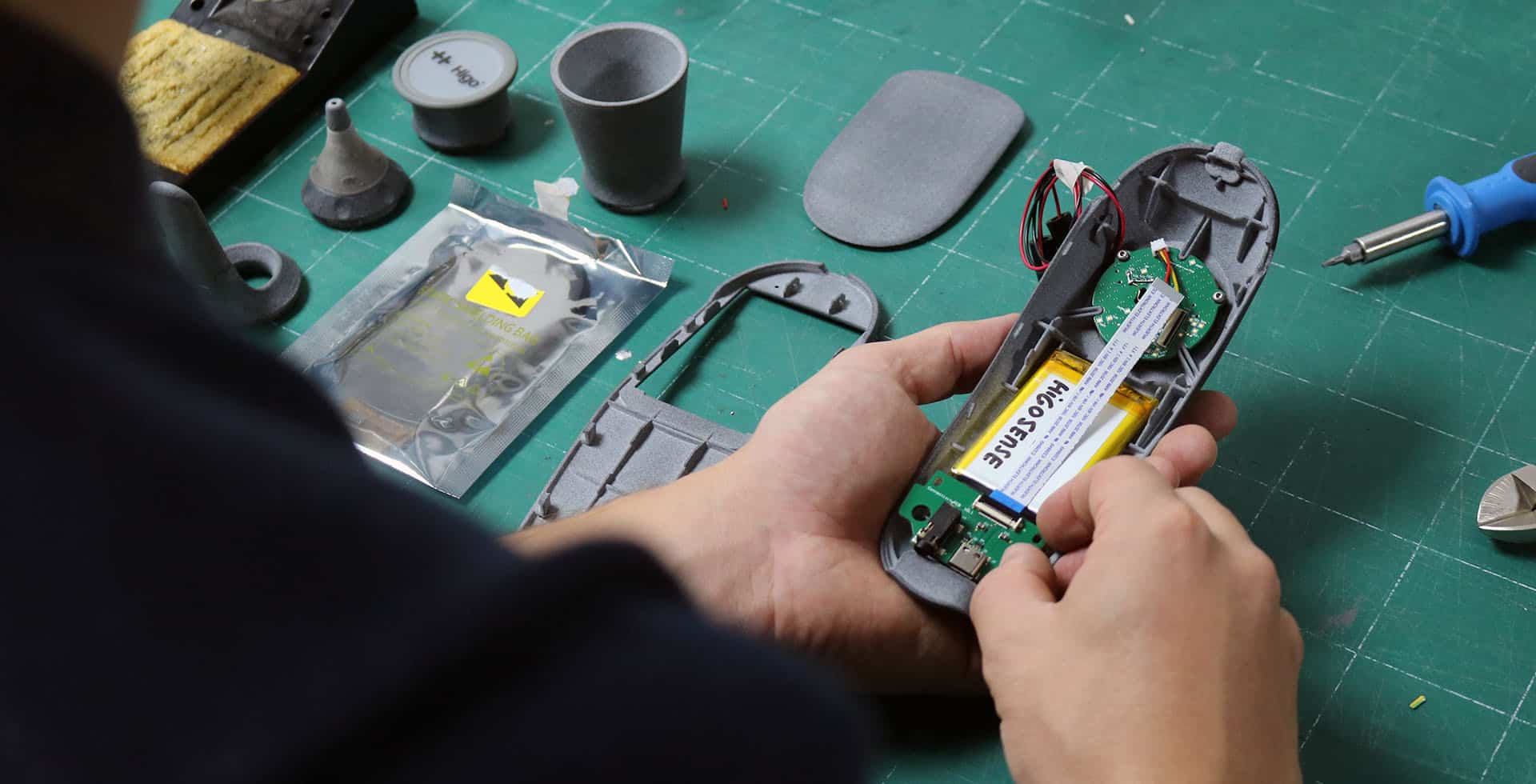Breaking down clinical trials for medical devices
Navigating the maze of clinical studies and trials for medical devices can feel like attempting brain surgery with a butter knife. When it comes to medical device development, clinical studies and trials are often seen as the labyrinth that stands between a groundbreaking idea and life-saving reality. If you’ve ever wondered about the what, why and how of clinical trials (and how ManGo Product Design fits into the puzzle), you’re in the right place. Buckle up, because we’re diving into the fascinating world of medical classifications, self-certification, MDR and FDA hurdles, and the role our high-end prototypes play in the process.
Classifying medical devices
Medical devices aren’t all created equal. They range from a simple Band-Aid to a heart-lung machine keeping someone alive. In the EU under the MDR (Medical Device Regulation) and in the USA under the FDA, devices are grouped into three main classes:
- Class I: low-risk devices like surgical instruments or crutches. Think "first aid basics."
- Class II: medium-risk devices such as insulin pumps or X-ray machines. These get a bit more serious.
- Class III: high-risk devices like pacemakers or artificial heart valves. These are life-critical and demand thorough scrutiny.
How is the class determined? It’s all about risk. The more invasive or essential the device, the higher its classification. For example, does the device penetrate the body? Does it sustain or support life? If the answer is "yes," expect a higher classification. ManGo Product Design can help define your medical claim and determine the appropriate classification, laying the foundation for a successful clinical trial strategy.
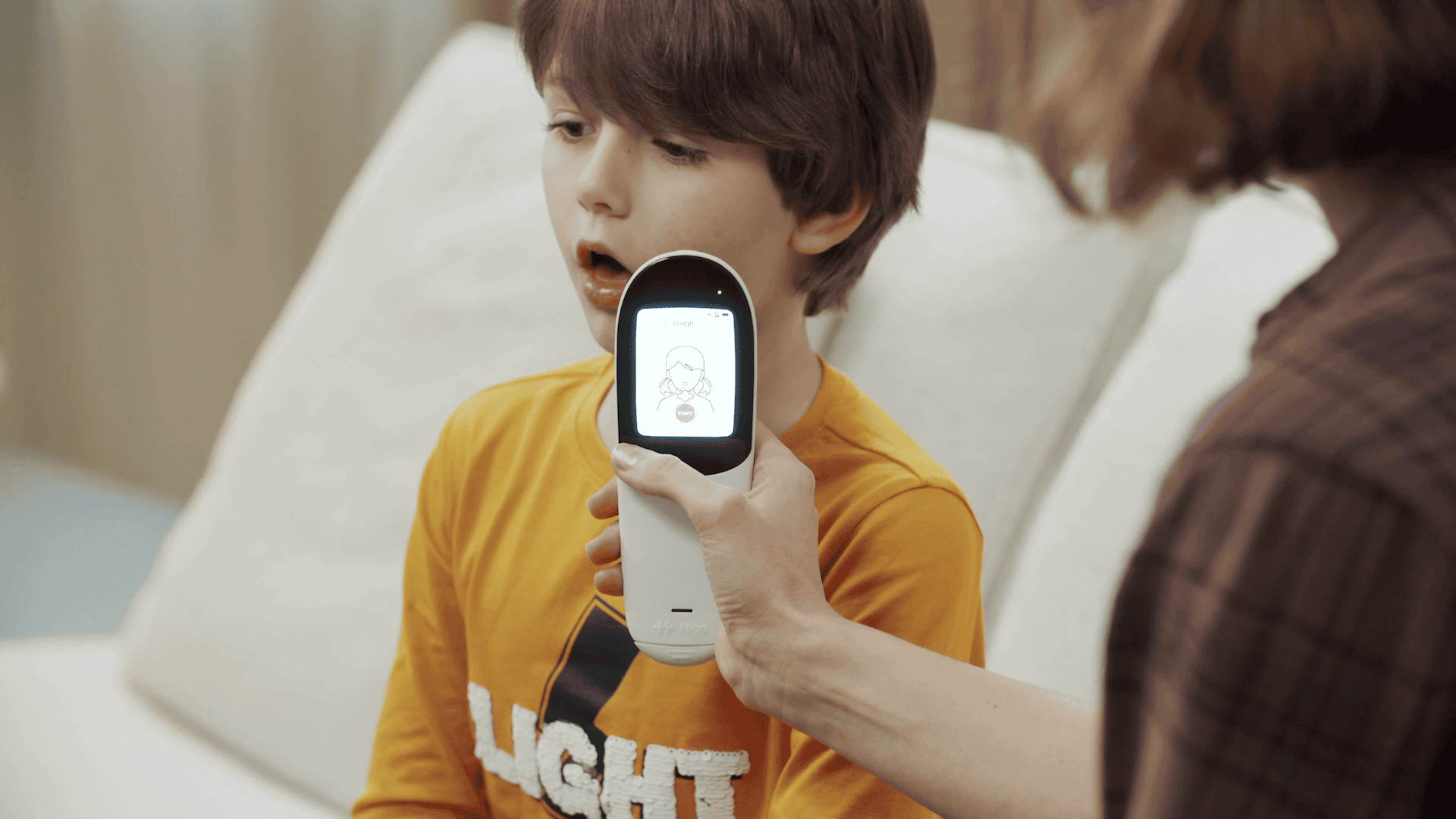
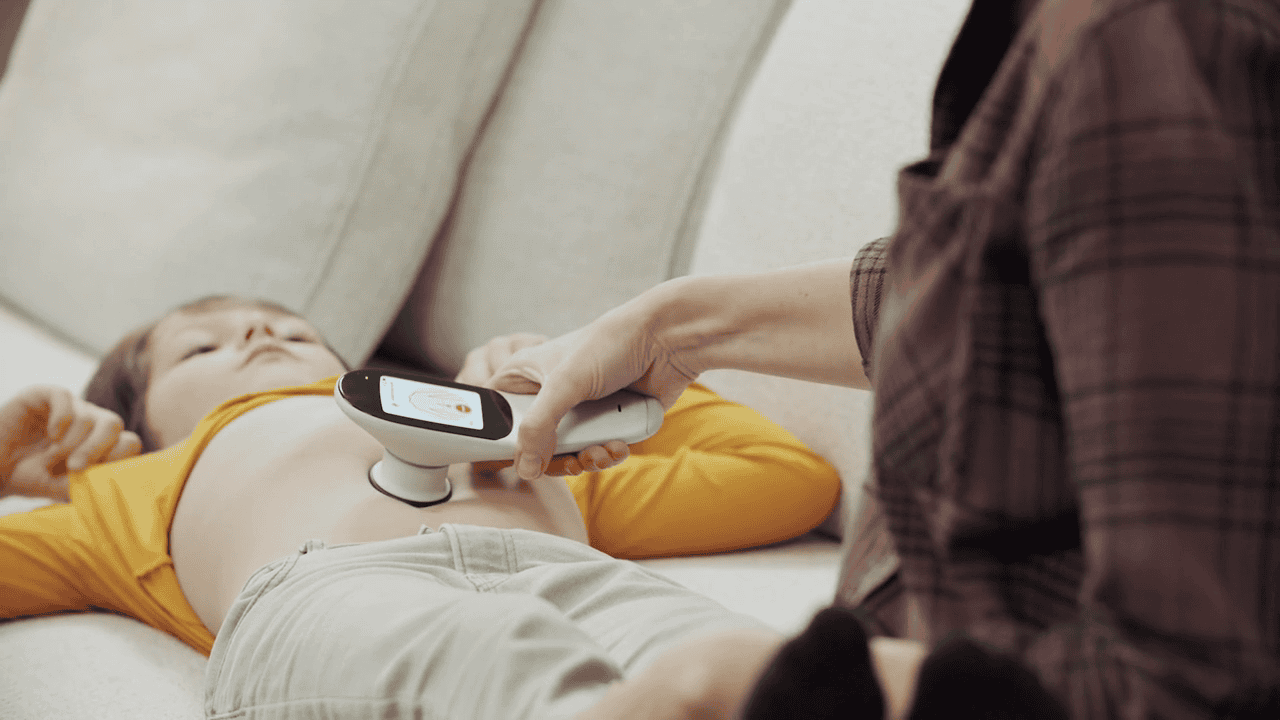
Self-certification or clinical trial?
Some devices can be self-certified, but don't pop the champagne just yet! Only Class I devices (non-sterile and non-measuring) are eligible for this. For higher classes, you’ll need a Notified Body (NoBo) to review your data and give the green light. Then there’s the matter of clinical evaluation vs. clinical investigation:
- Clinical evaluation: an analysis of existing clinical data for the device. If it’s similar to something already on the market, you might piggyback on that data.
- Clinical trial/study: required when there’s no existing data or when your device is novel. This involves rigorous testing on humans to prove safety and effectiveness. Think of it as the ultimate test—like defending your thesis but with life-and-death stakes.
MDR vs. FDA: battle of the acronyms
Regulations vary based on the target market for your device. Each country may have its own unique processes, requirements, and designated Notified Body to collaborate with. However, most countries align with the following:
- MDR (Medical Device Regulation, Europe): focused on device safety and performance. More rigid and specific, requiring extensive documentation.
- FDA (Food & Drug Administration, USA): Balances safety with an emphasis on innovation. Often involves a pre-market approval process (PMA) or 510(k) for devices similar to existing ones.
While both aim to protect patients, the MDR is generally more stringent, requiring robust post-market surveillance and ongoing vigilance. In contrast, the FDA can sometimes feel like "the same rules with different paperwork." For companies planning to introduce their medical innovations globally, choosing to pursue MDR or FDA certification first can significantly impact costs and initial time-to-market. It's important to note that devices certified under MDR must also undergo FDA approval for U.S. sales, and the reverse applies for MDR certification in Europe.
Who is responsible for the clinical trial process?
The responsibility for overseeing the clinical trial process typically lies with the manufacturer or sponsor of the medical device, in other words our clients. This includes securing ethical approvals and coordinating with key stakeholders such as Contract Research Organizations (CROs), hospitals and clinical trial investigators. A dedicated clinical project manager is often assigned to streamline communication and manage timelines, budgets and data collection. At ManGo Product Design, we work closely with these teams to ensure the developed device complies with all relevant regulatory requirements. We develop prototypes for use during clinical trials and provide the technical support necessary for a smooth and efficient process.
Clinical ethical committee
Before any clinical evaluation or trial begins, it must receive approval from a Clinical Ethical Committee (CEC). This committee evaluates the proposed study to ensure it adheres to ethical standards and prioritizes patient safety. The process includes reviewing the study design, informed consent forms and the qualifications of the clinical research team. The CEC also assesses potential risks and benefits to participants, ensuring that the trial aligns with ethical guidelines such as the Declaration of Helsinki.
Organizing clinical trials: it takes a village
So, you need a clinical evaluation? Here’s how to organize one:
- Find the right partners: collaborate with CROs (Clinical Research Organizations), hospitals or academic institutions. They can provide the expertise and facilities for trials.
- Choose the right study design: will it be a randomized control trial or observational? The design depends on your device and its intended use.
- Recruit participants: this can be tricky. You need a diverse group that matches your device’s target users.
Studies can be:
- Single-center: conducted in one location, great for initial tests.
- Multi-center: larger scale, involving multiple facilities for broader data.
Each approach has its pros and cons, and its costs.
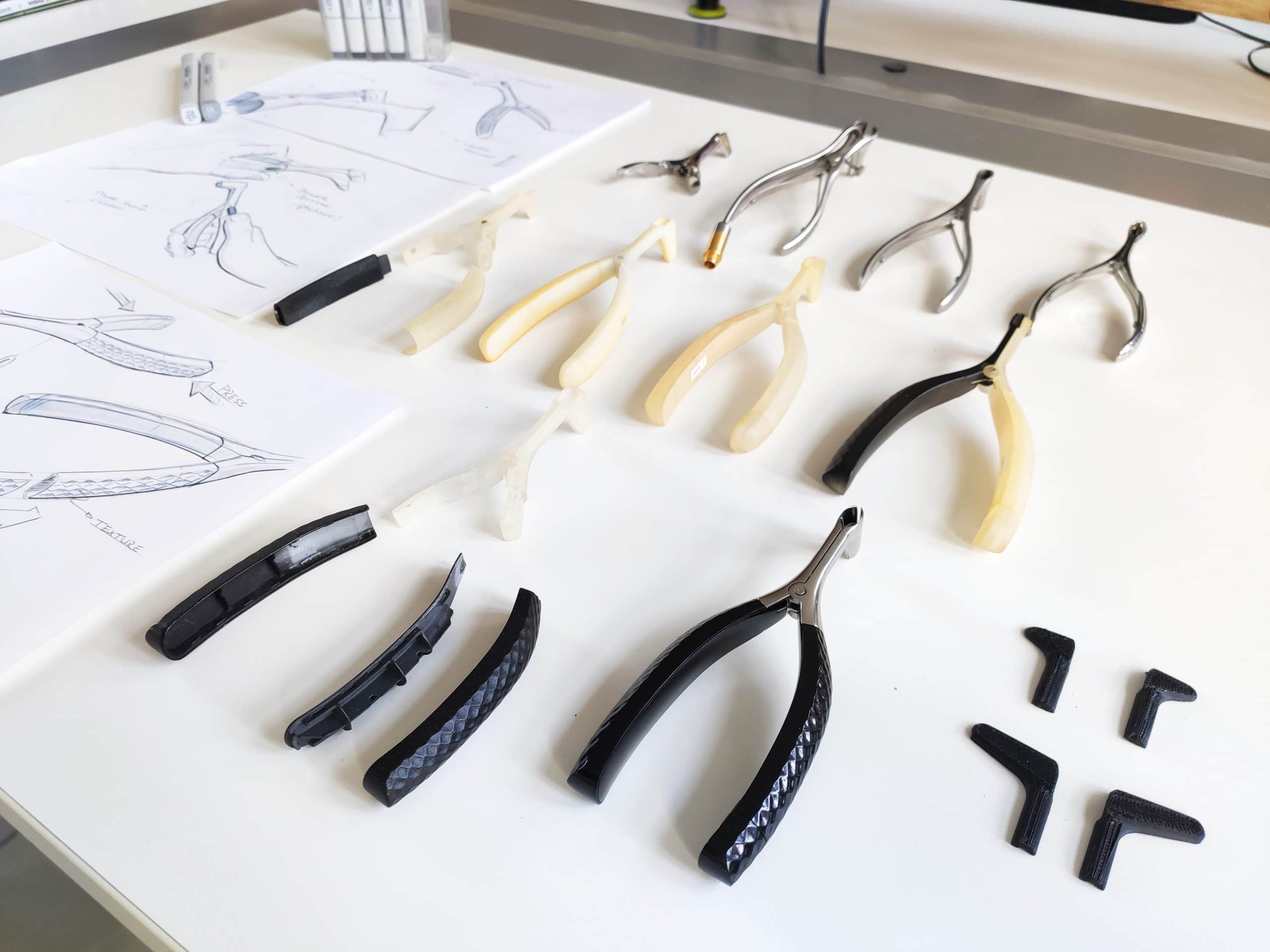

Patient recruitment challenges
Recruiting patients for clinical trials can be a complex task, often requiring extensive networks and strategic planning. Working with Clinical research Organizations or leveraging partnerships with hospitals and clinics can help overcome these hurdles. Clear communication of study benefits and ethical considerations is key to attracting and retaining participants. Additionally cultural and regional differences can significantly impact clinical trials. These include variations in regulatory requirements, patient attitudes towards medical devices and ethical norms. Addressing these factors in study design ensures smoother approval processes and better engagement with participants.
Prototypes: from workshop to ward
At ManGo Product Design, we specialize in crafting high-end, working prototypes that shine in clinical settings. Need five prototypes for an initial test? Done. Require 50 for a multi-center trial? We’re on it. The number of prototypes depends on your study’s size, scope and speed goals. And yes, these prototypes need to function as if they’re production-ready, because first impressions (even on regulators) matter. Iterative testing is essential to refine the prototypes and address potential issues before full-scale clinical trials. By testing and improving prototypes based on real-world feedback, you can ensure optimal functionality and reduce the risk of costly redesigns during later stages.


Long and winding road
Clinical trials aren’t for the impatient. A trial can take anywhere from 6 months to 5 years, depending on the device and complexity.
And the costs? Brace yourself:
- Small-scale studies: € 100.000 - € 500.000,-
- Large-scale studies: € 1 million+
The good news? It’s an investment in proving your device is safe and effective, non-negotiable for market success.
From clinical data to certification
The data collected during your clinical trial or evaluation is critical for certification. Notified Bodies (NoBo) review:
- Clinical evidence
- Risk assessments
- Technical documentation
A NoBo ensures your device meets the MDR’s or FDA’s rigorous standards. Think of them as the final boss in your medical device game. All that clinical data feeds into your certification application with a Notified Body (NoBo). This step validates that your device meets every safety, efficacy and quality standard imaginable. The processed and evaluated data from our meticulously crafted prototypes is critical in this final step.


Post-market surveillance
The clinical journey doesn’t end with market approval. Post-market surveillance is crucial to monitor the performance of medical devices, identify any potential issues and ensure continued safety and efficacy. This involves collecting user feedback, addressing complaints and staying compliant with evolving regulations, allowing end users to maintain confident about your products over time.
Conclusion
Bringing a medical device to market is no small feat. It’s a journey of innovation, patience and yes, a healthy dose of red tape. But with the right team (like us at ManGo Product Design), clear goals, and an understanding of the process, it’s a challenge worth tackling. With our expertise in creating compliant, functional prototypes and deep understanding of certification processes, we’re here to help you bring your medical innovation to life.
More information
Ready to change lives with your device? Let’s make it happen; certified, safe, and successful. Reach out to us today to get started on your product development adventure! Contact us by phone, our online form or send an e-mail to:


